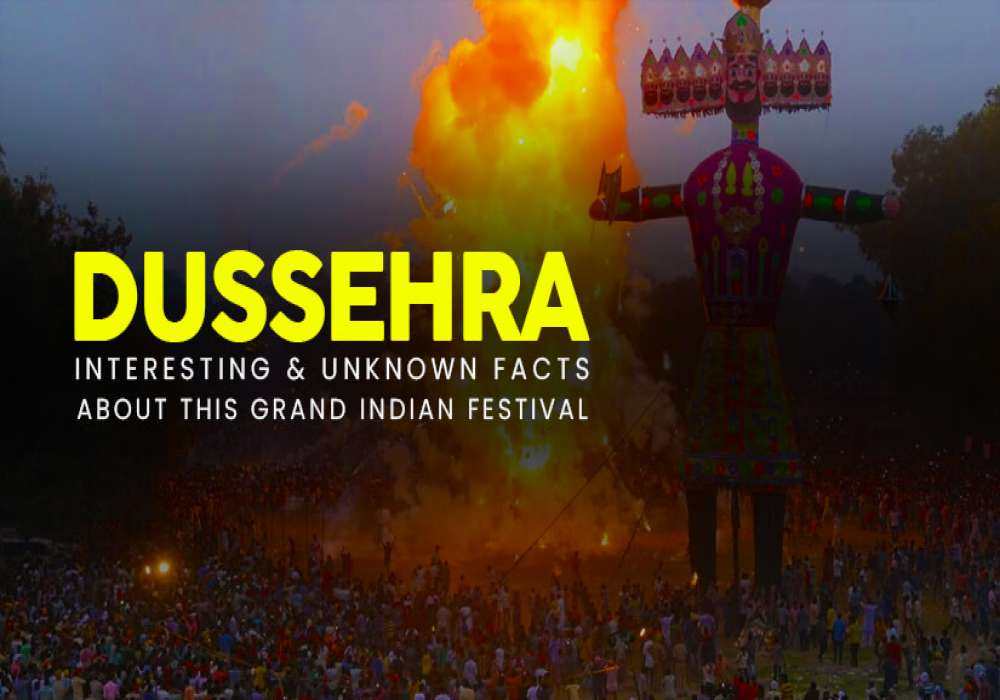
Last Updated At: 11-Oct-2024
Interesting Facts about Dussehra : History, Cultural, and Significance
Dussehra is a reminder that good always wins
Dussehra, also known as Vijayadashami, is one of India’s most vibrant and meaningful festivals, celebrated with immense joy and enthusiasm. Marking the victory of good over evil, it’s a time when families and communities come together to relive the stories of bravery and righteousness. Streets and homes fill with festive cheer as children play with toy bows and arrows, reenacting the triumph of Lord Rama over the demon king Ravana.
This festival, which falls on the tenth day of the Navratri celebrations, carries a powerful message – that no matter how strong evil may seem, it’s goodness and virtue that ultimately prevail. Effigies of Ravana, symbolising the evil within and around us, are set ablaze, reminding everyone to let go of negativity and embrace positive change.
Across the country, people celebrate Dussehra in unique ways—some with grand processions, some through dramatic plays called Ramlilas, and others by exchanging sweets and greetings. Yet, the essence remains the same: to uplift the spirit of courage, humility, and unity.
It’s not just a festival but a beautiful reminder of life’s deeper values, of conquering our fears and standing up for what’s right. As the flames of Ravana’s effigy light up the night sky, they symbolise new beginnings and hope for a brighter tomorrow. Dussehra encourages us all to reflect on our actions, strive for betterment, and emerge stronger with every challenge we face.
India has a lot to offer due to its rich cultural diversity. Even the festivals share distinct stories and unique ways of celebration, making them significant to each of them. Let’s look at some of the major Dussehra facts that are interesting and lesser-known among the masses.
Read More - Famous Dussehra Celebration in India
Dussehra Unknown Facts: Let’s Unfold the History
- Origin of the Name: The name Dussehra is derived from the Sanskrit word Dash Hara, which translates to "the defeat of the Sun." It is believed that if Lord Rama had not defeated Ravana, the Sun would have never risen again.
- Month of Celebration: Dussehra is celebrated in the Hindu month of Ashwin, which corresponds to September-October in the Gregorian calendar.
- Symbol of Victory: Dussehra is also known as Vijayadashami, meaning "victory on the tenth day." It marks the triumph of Lord Rama over Ravana and Goddess Durga over Mahishasura.
- Unique Celebrations Across India: In Northern India, people sow barley seeds on the first day of Navratri, and these sprouts are considered symbols of good luck on Dussehra.
- Mysore’s Grandeur: The Mysore Palace is a significant site for Dussehra celebrations. The grand festival began in the 17th century, initiated by King Wodeyar, and continues to be celebrated with opulence.
- Kullu Dussehra: Celebrated in Himachal Pradesh, Kullu Dussehra begins on the tenth day of Navratri and lasts for a week. The festival starts with a procession of Lord Raghunath, attracting visitors from all over India.
- Ravana Worship: In some regions like Mandsaur (Madhya Pradesh), Bisrakh (Uttar Pradesh), and Mandya (Karnataka), Ravana is worshipped for his devotion to Lord Shiva, despite being the main antagonist in Ramayana.
- Effigy Burning Tradition: The burning of Ravana’s effigy on Dussehra symbolises the destruction of evil and the victory of good over evil. His ten heads represent various vices, such as lust, anger, and greed.
- Cultural Significance: Dussehra is also significant as it marks the end of the summer season and the beginning of winter. It’s a popular belief that the weather changes after the effigy of Ravana is burned.
- Historical Events: Emperor Ashoka and Dr. B. R. Ambedkar both embraced Buddhism on Dussehra, highlighting its significance in Indian history and culture.
History of Dussehra
The history of Dussehra, also known as Vijayadashami, is deeply rooted in Hindu mythology. It is celebrated with great enthusiasm across India and symbolises the victory of good over evil. The significance of Dussehra varies according to regional traditions and beliefs.
Read More : Festival of Mysuru Dasara
Goddess Durga’s Victory Over Mahishasura
In many parts of India, Dussehra is associated with the story of Goddess Durga’s victory over the demon Mahishasura. Mahishasura was a powerful demon who created havoc on Earth and terrorised people. He had a boon that made him invincible against any male being. To end his reign of terror, the gods created Goddess Durga, a powerful female deity. Armed with divine weapons, Durga fought Mahishasura for nine days and nights. On the tenth day, she finally defeated him, thus bringing peace and order to the world. This triumph is celebrated as Vijayadashami, with the preceding nine days observed as Navratri, during which Goddess Durga’s nine avatars are worshipped.
In South India, especially in the state of Karnataka, the city of Mysore is renowned for its grand Dussehra celebrations. The festival honors Goddess Chamundeshwari (another form of Durga) who, according to local legends, vanquished Mahishasura on this day. The Mysore Palace is illuminated, and a grand procession of elephants and cultural performances is held to mark the occasion.
Lord Rama’s Victory Over Ravana
In North India, Dussehra is celebrated to commemorate the victory of Lord Rama over the demon king Ravana. According to the Ramayana, Ravana abducted Lord Rama’s wife, Sita, and took her to his kingdom, Lanka. To rescue Sita and end Ravana’s tyranny, Lord Rama waged a war against Ravana. The battle culminated on the tenth day, when Lord Rama shot an arrow into Ravana’s navel, the source of his power, killing him. Dussehra, therefore, symbolizes the triumph of good (Lord Rama) over evil (Ravana).
This version of the festival is celebrated with great fervor in places like Delhi and Uttar Pradesh, where large effigies of Ravana, his brother Kumbhakarna, and his son Meghanada are burned to signify the destruction of evil. Ramleela, a dramatic enactment of the Ramayana, is performed for nine days, with the final act showing Lord Rama’s victory over Ravana.
Read More : Mysore Dussehra is All About Celebrating the Victory of Good Over Evil
Cultural and Regional Significance
Dussehra has different names and forms in various regions of India. In West Bengal, it is celebrated as Durga Puja, where grand pandals are set up to honor Goddess Durga. In Maharashtra and Gujarat, people celebrate by performing Garba and Dandiya dances. In some parts of India, married women return to their parental homes to mark the festival, symbolizing the homecoming of Goddess Durga.
The festival also marks the end of the harvest season and the beginning of preparations for the next crop. It is believed that sowing Rabi crops after Dussehra brings good fortune and prosperity.
Dussehra’s history is thus a tapestry of mythological tales and regional traditions, each contributing to the richness of this vibrant festival. Its message of victory of good over evil continues to resonate, making it a cherished celebration in the Indian subcontinent and beyond.
Dussehra is a glorious day on which auspicious and remarkable events have occurred in the past. The heroic win of good over evil is a moral statement for all that its end is inevitable, no matter how strong the devil is. Dussehra instils faith that the righteous will prevail in the end.
Here, we come to the end of the list of some amazing and interesting facts about Dussehra that will surely leave you astounded. India celebrates this festival with great enthusiasm. This year, enjoy this festival in your home town. Get in touch with Adotrip for the best flight deals and enjoy a memorable trip.
Frequently Asked Questions Related To Interesting Facts About Dussehra
Q1: What is the significance of Dussehra?
A1: Dussehra symbolises the victory of good over evil. It marks Lord Rama's triumph over the demon king Ravana and signifies the destruction of negative forces.
Q2: Why is Dussehra celebrated differently across India?
A2: Dussehra’s celebration varies due to the rich cultural diversity of India. While Northern states focus on Ramayana’s narrative, Southern and Eastern states honour Goddess Durga’s victory over the demon Mahishasura.
Q3: What are the key rituals performed during Dussehra?
A3: Key rituals include Ram Lila plays, burning Ravana’s effigies, performing pujas to honor the gods, and processions with beautifully decorated idols.
Q4: Why are Ravana’s effigies burned during Dussehra?
A4: Ravana’s effigies are burned to symbolise the eradication of evil. It’s a visual representation of Lord Rama’s victory and a reminder to eliminate negativity from our lives.
Q5: How long is the Dussehra celebration?
A5: Dussehra is celebrated on the tenth day of Navratri, which lasts nine days. The entire celebration can last up to ten days in some regions.
Q6: What is the story behind Dussehra’s origin?
A6: Dussehra originates from the epic Ramayana, where Lord Rama, with the help of Hanuman and his army, defeated Ravana to rescue his wife, Sita.
Q7: Why is Dussehra called Vijayadashami?
A7: Vijayadashami means “Victory on the Tenth Day.” It commemorates Lord Rama’s victory and is celebrated on the tenth day of the lunar month of Ashwin.
Q8: What are some unique Dussehra celebrations in India?
A8: Mysore Dussehra, with its grand processions, and Kullu Dussehra, with week-long fairs, are some unique celebrations. Bengal celebrates it as Durga Puja, with elaborate pandals and rituals.
Q9: What does the burning of Ravana signify in modern times?
A9: In modern times, the burning of Ravana symbolises the victory of justice and righteousness. It encourages people to conquer their fears and negative qualities.
Q10: Are there any interesting beliefs associated with Dussehra?
A10: An interesting belief is that starting new ventures or buying something significant on Dussehra brings success and prosperity, as the day is considered highly auspicious.
--- Published By Adotrip
Latest Blogs

Long Weekends In India 2025 - List of Holidays

Kazakhstan Travel Guide 2025: Affordable Luxury, Visa Free E...

Think Ayodhya is Just Temples? Discover Its Hidden Artistic...

Why Azerbaijan is the Best Budget Friendly Alternative to Sw...








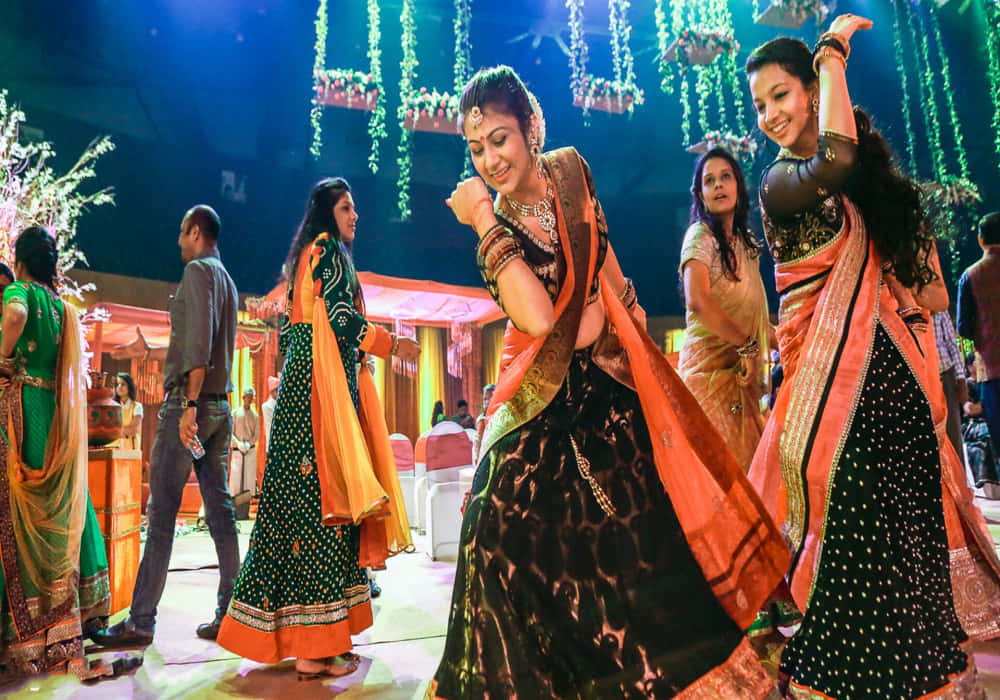
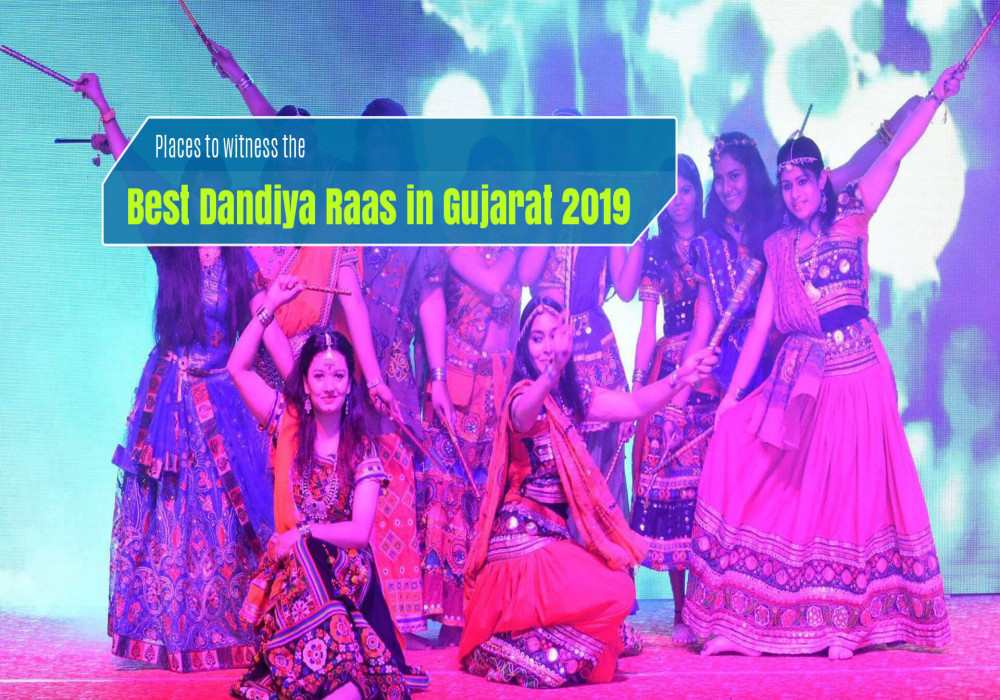
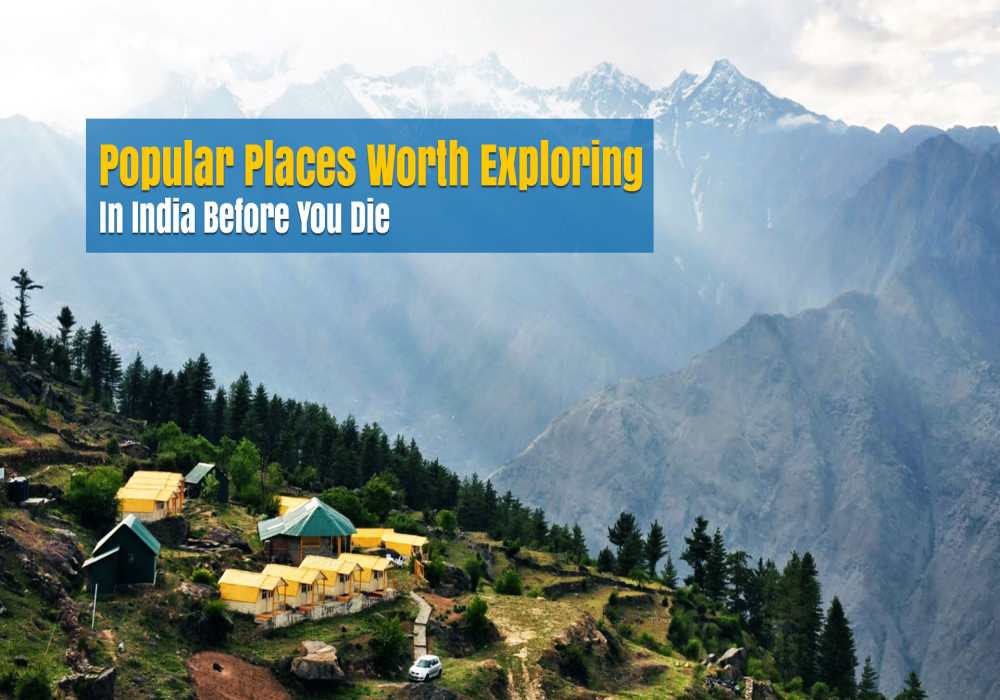
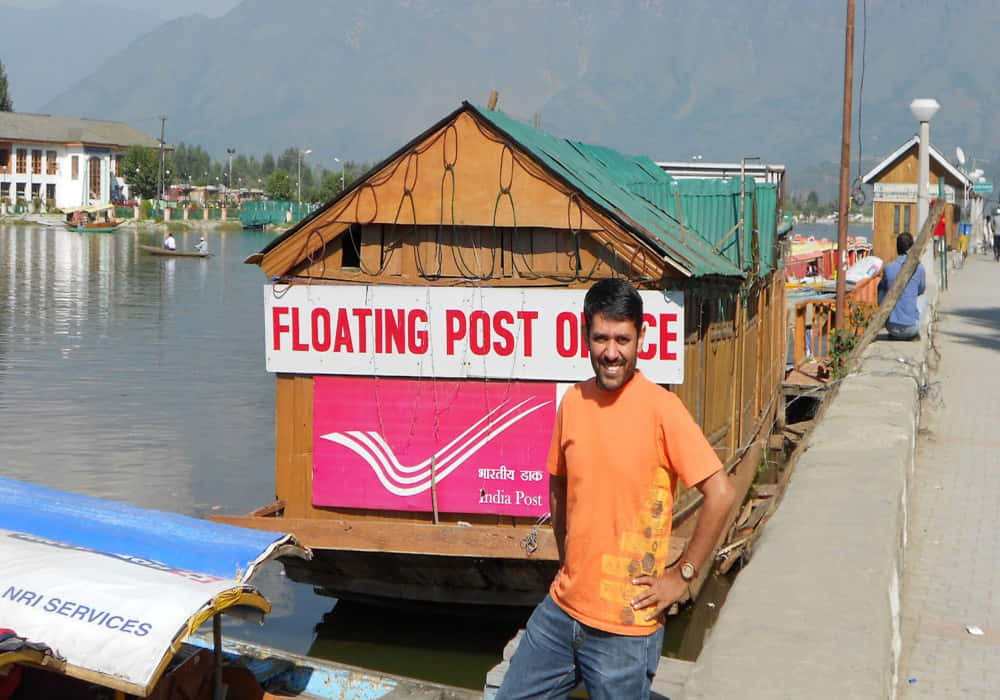
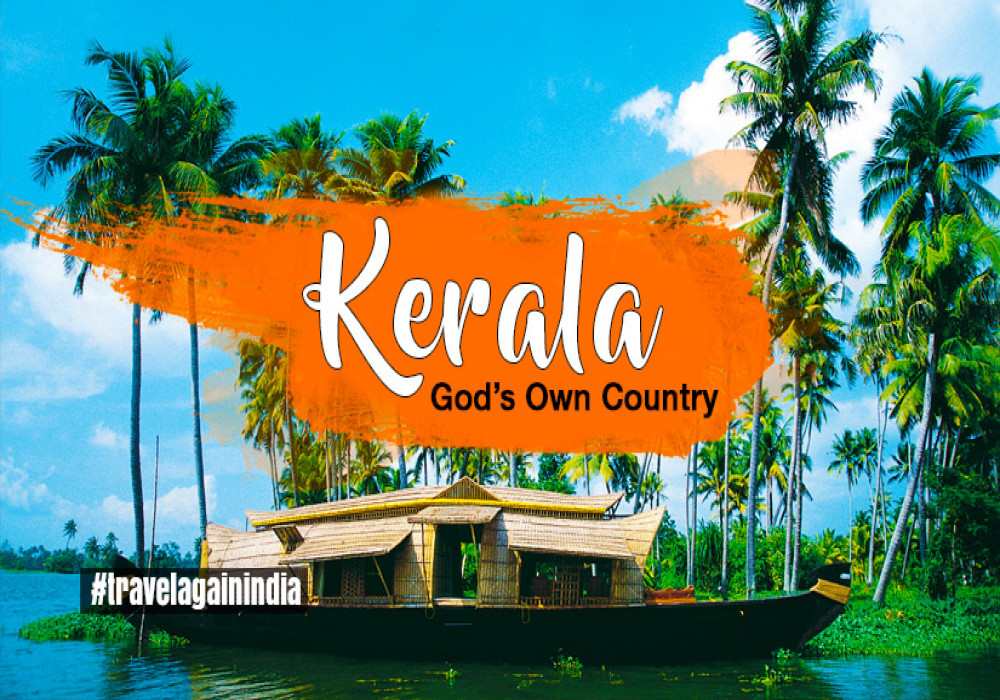
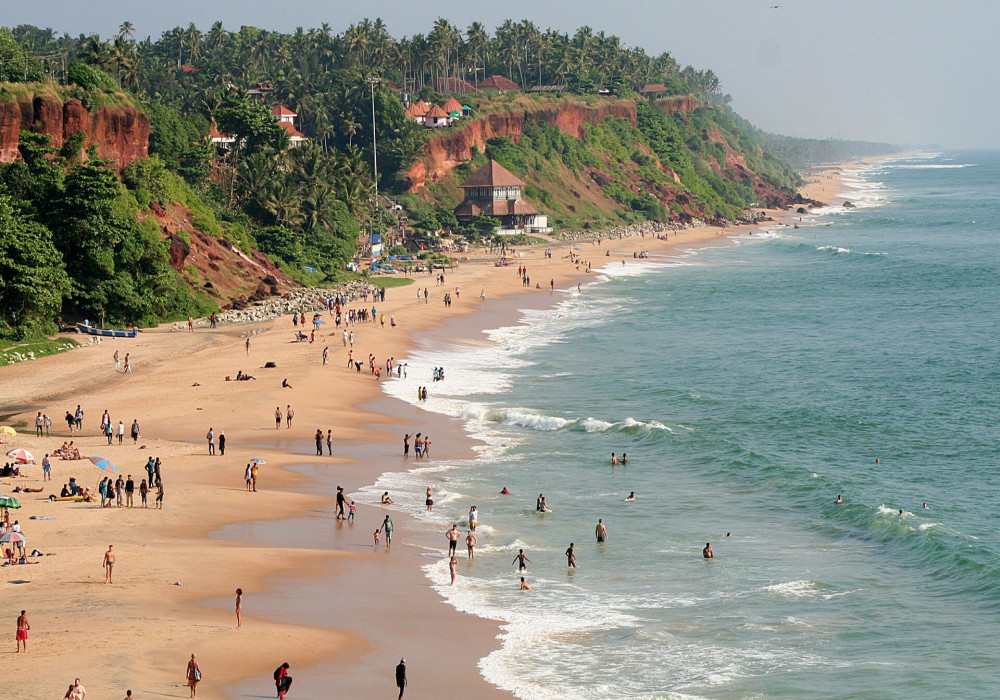
 Dubai
Dubai Malaysia
Malaysia USA
USA





